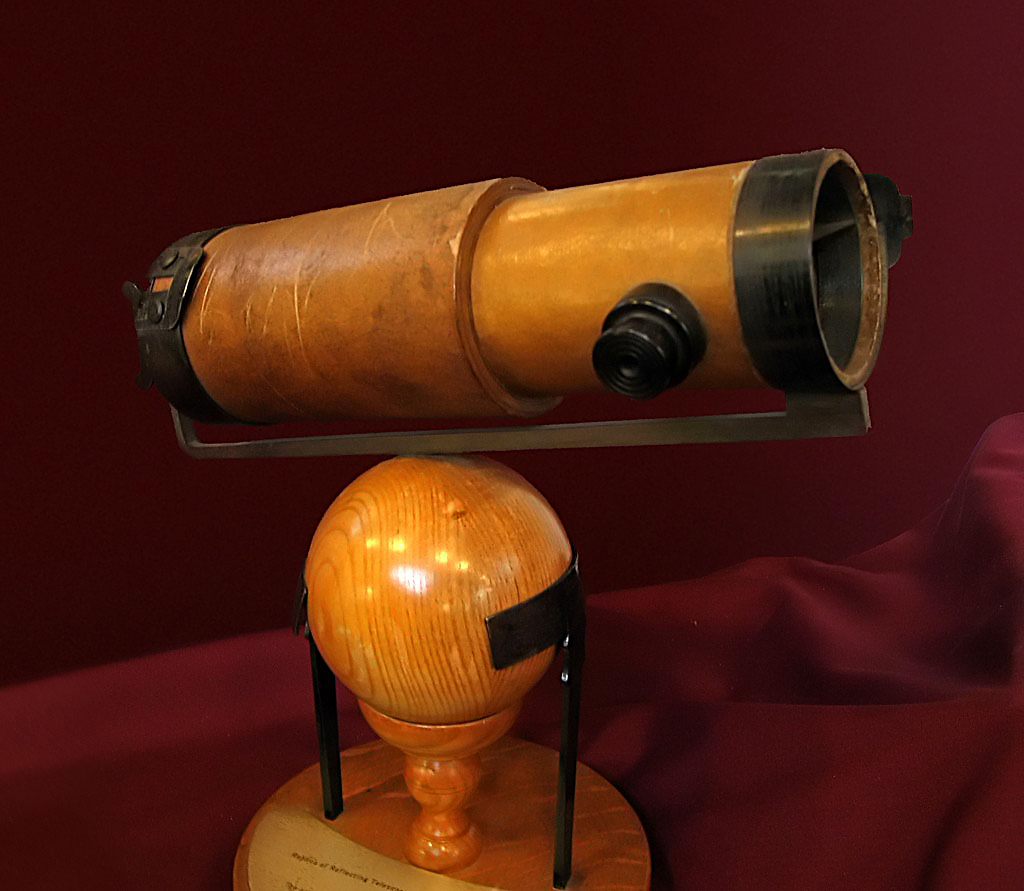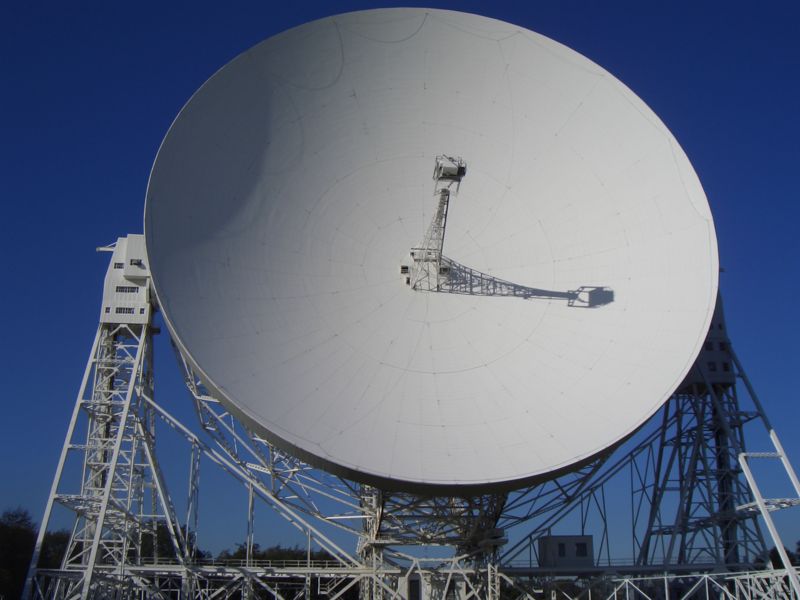A telescope is an instrument used to observe objects from afar. The word is derived from Greek words tele and skopein which means “far” and “to see” respectively. Contrary to popular belief, it was not ‘invented' by Galileo. There has been evidence of a refracting telescope that has been in use in the Netherlands during 1608 and its development was credited to spectacle makers Hans Lippershey and Zacharias Janssen, and a third person Jacob Metius. However, it was Galileo who improved on the devices soon after so they can be used for exploring the heavens.
A telescope works by collecting electromagnetic radiation, which on earth-speak means visible light. However, with the development of space technology, there has risen the capability to utilize the full range of the electromagnetic spectrum and use the radio band. The first radio telescope was used in 1937 and there have been subsequent development of telescopes that can work with other wavelengths such as gamma rays.
A telescope has A telescope has three major capabilities – the ability to magnify, the ability to resolve images and create sharp images and the most important being the ability to collect light so it ‘sees' better (which is also the reason why your pupils enlarge when the room is dark or when it's nighttime). The part of a telescope which collects light is the ‘objective'. The objective of a refractor telescope is a glass lens and a reflector telescope uses a (surprise, surprise) mirror.
The first telescopes used to observe the heavens where refractor telescopes and they were subject to problems of chromic aberration or color distortion and spherical aberration among others. It wasn't until 1668 that the first practical reflecting telescope was developed by no other than Sir Isaac Newton with the idea that parabolic mirrors can reduce aberration and more than a hundred years after, achromatic lenses where developed and the rest, as they say, is history.


